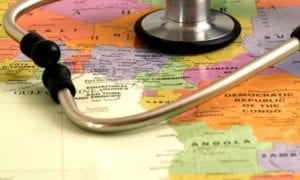International health experts believe Ebola’s rapid spread through West Africa has been quickened by the difficulty of keeping track of the deadly disease. They also believe that filling in the huge gaps in knowledge about the epidemic is key to eventually containing it.
UN and World Health Organization data show the number of cases across the region had reached 7 423 by September 29, including 3 355 deaths. That is widely agreed to be an underestimate. Many patients are not counted because they never get medical help, perhaps hidden by fearful families or turned away by overwhelmed clinics. Some villages have turned into “shadow zones” where villagers’ resistance or the remote location makes investigating numerous deaths impossible. In Liberia, a surge of previously unknown patients who appear whenever a medical facility opens “suggests the existence of an invisible caseload of patients”, the WHO said in August. The U.S. Centres for Disease Control estimated there would be 8 000 cases reported in Liberia and Sierra Leone by the end of September, but said the true figure would likely be 21 000 after correcting for under-reporting.The WHO says its information is the best there is, but admits its figures are under-reported and says “substantial efforts” are going into cleaning up the data.
Recounts can make a huge difference, as shown by a revision of the number of health workers killed by the virus. WHO said 31 health care workers had died in Sierra Leone, but after a recount the figure more than doubled to 81. Questions are now being asked about Sierra Leone’s total death toll, which appears far too low, equivalent to 24 percent of the cases the country had suffered. In Liberia and Guinea the equivalent figures are 54 percent and 61 percent, respectively, closer to the traditionally high fatality rates for the disease. Source – SAnews.gov.za







